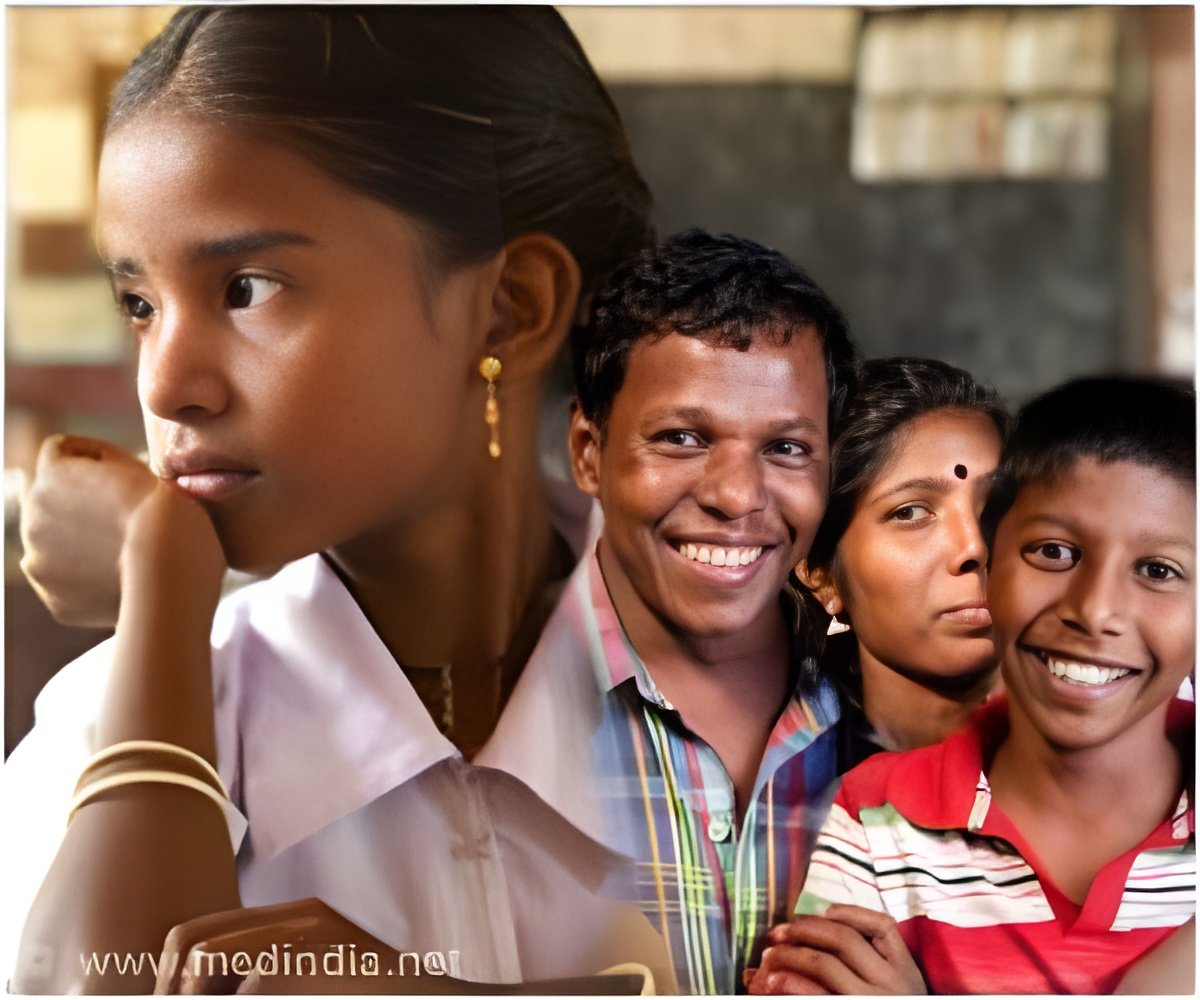Sex-ratio at birth in families with previous girls is worse than those with a boy, in other words the sex-ratio is being manipulated by human interventions.

Sex-selective abortion is believed to have flourished ever since ultrasound machines became available widely, in the 1980s. The Pre-natal Diagnostic Techniques (Regulation and Prevention of Misuse) Act was enacted by the Government in 1994 to fight this. The Act prohibits determination and disclosure of the sex of foetus. It also prohibits any advertisements relating to pre-natal determination of sex and prescribes punishment for its contravention. In spite of the Act, India’s sex ratio at birth continued to fall.
However it isn’t fair to blame it all on ultrasound machines. Previous studies have shown that the skewed sex ratio in second children was common even in the 1970s before ultrasound machines were freely available. This definitely meant there were alternative methods.
With stringent laws that forbade definitive methods of sex selection like sex-selective abortions, mothers probably resorted to other interventions. Researchers found that the ratio of girls to boys was 720: 1000 in mothers with one previous girl child.
Researchers also found that many mothers tend to use traditional medicines for sex selection, in their subsequent pregnancies, especially if the previous child is a girl. The medications used were previously found to contain hormones such as testosterone, progesterone, and a natural steroid. The tendency to take indigenous medication for sex selection in mothers with a previous girl child is more than mothers with previous a previous boy.
However those taking such medication do not seem to be helped according to expectations. Relying so much on the drugs prevents them from resorting to techniques like antenatal sex determination and sex selective abortions. Thus, contrary to the expectations, the sex ratio of newborns of mothers taking traditional medicines was 928 girls to 1000 boys. This was much higher compared to the overall ratio of 720 girls to 1000 boys in mothers with one previous girl child.
Source: Sex Ratio at Birth in India, Its Relation to Birth Order, Sex of Previous Children and Use of Indigenous Medicine; Samiksha Manchanda et al; PloS one







